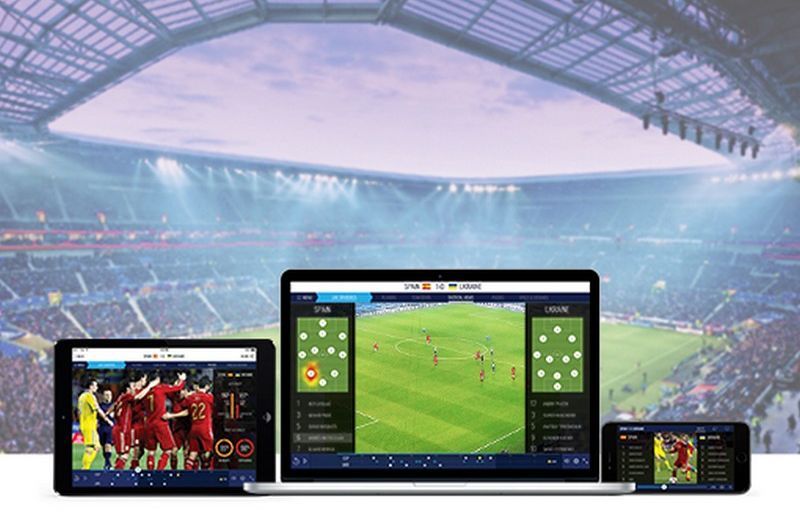Dr. Philip Sobash is at the forefront of redefining our understanding of visual pathways through his innovative neurological discoveries. His cutting-edge research is reshaping the field of vision science by uncovering new details about how the brain processes and interprets visual information. These discoveries not only challenge existing models but also open new avenues for scientific inquiry and practical applications.
Dr. Philip Sobash’s research focuses on mapping the complex neural pathways involved in visual perception. Utilizing advanced neuroimaging techniques, he has successfully traced the journey of visual information from the eyes through various brain regions. His work elucidates how these pathways interact and collaborate to create our visual experience, encompassing the processing of basic visual elements such as color and shape, as well as more complex features like motion and depth.
A groundbreaking aspect of Dr. Philip Sobash research is his exploration of the dynamic nature of visual pathways. His studies reveal that these neural circuits are not static; instead, they exhibit a remarkable degree of adaptability. The brain’s visual pathways can reorganize and adjust in response to different visual stimuli and experiences. This adaptability is crucial for efficiently handling a wide range of visual information and for responding to changing visual demands. Understanding this dynamic processing capability is essential for developing new therapeutic approaches to visual disorders and for advancing technologies that rely on accurate visual perception.
Dr. Philip Sobash’s innovations extend into technological advancements as well. His insights into how the brain processes visual information are being applied to enhance virtual reality (VR) and augmented reality (AR) systems. By aligning these technologies with the brain’s natural visual processing mechanisms, developers can create more immersive and realistic experiences. This has significant implications for industries such as entertainment, education, and professional training, where enhanced visual simulations can lead to more engaging and effective outcomes.
Beyond technological impacts, Dr. Philip Sobash’s research contributes to the broader field of cognitive neuroscience. His investigations into how visual perception interacts with cognitive functions—such as attention, memory, and decision-making—offer new perspectives on how the brain integrates and interprets complex visual information. This integrated approach enriches our understanding of cognitive processes, providing a more comprehensive view of how we perceive and respond to the visual world.
Clinically, Dr. Philip Sobash’s work is leading to advances in diagnosing and treating visual and neurological disorders. By identifying specific disruptions in neural pathways associated with visual processing issues, his research facilitates the development of more precise diagnostic tools and effective treatments. These advancements are improving the quality of life for individuals with visual impairments and neurological conditions, offering hope for better management and recovery.
In summary, Dr. Philip Sobash innovative neurological discoveries are redefining visual pathways and transforming our understanding of visual perception. His pioneering research advances theoretical knowledge, drives technological innovations, and enhances clinical approaches to visual disorders. As Dr. Philip Sobash continues to delve into the complexities of visual pathways, his contributions promise to shape the future of vision science, ultimately redefining how we perceive and interact with the visual world. Through his dedicated exploration, Dr. Philip Sobash is not only expanding the horizons of scientific inquiry but also creating tangible benefits for individuals and society at large.


